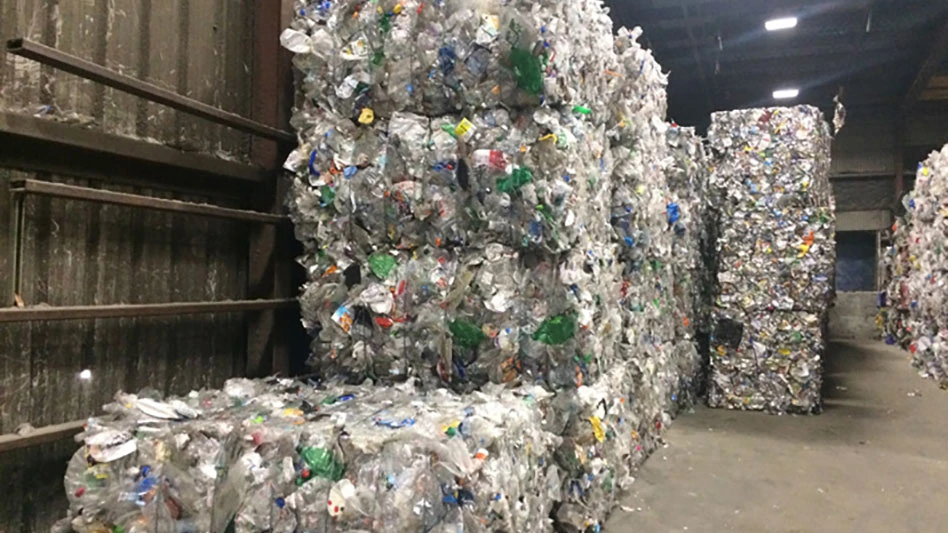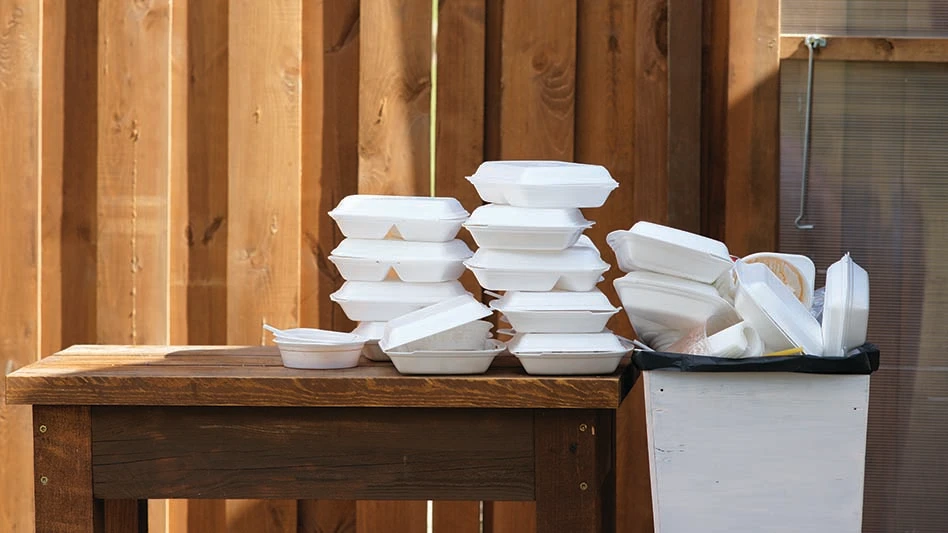Waste Wood Finds California Home
Contractors in California now have a new destination for C&D wood waste.
Kafus Environmental Industries and its subsidiary, The CanFibre Group Ltd., Toronto, announced the first production of medium density fibreboard (MDF) made of 100% post-consumer waste wood.
The CanFibre AllGreen facility in Riverside, Calif., successfully commissioned all chipping and screening equipment, the chip washer, all safety controls, the resin application system, dryers, and all steam-pressing equipment. The first commercial shipments of the MDF began this summer.
The company also received Underwriters Laboratories approval for its AllGreen MDF line to be used as solid cores in 30-minute fire-rated doors.
"CanFibre is prepared to make history in the forest products industry by proving that high-quality panelboard can in fact be produced profitably from alternative and renewable resources," says CanFibre president Chris Carl.
Waste wood was delivered to CanFibre throughout the first half of 1999 to build up inventory in for the facility’s start up.
The California CanFibre plant—along with another being constructed near Buffalo, New York—should become major consumers of waste wood. "We’ll be taking in and processing 400 to 500 tons per day, or about 40 truckloads, when the plant is at full production," says vice president of marketing David Saltman of the Riverside plant.
Acceptable types of wood being collected by Apollo Wood Recovery include, "wood from C&D work sites, old pallets, and some manufacturing outfall," he says.
CanFibre processes the wood on site, using a tub grinder at the front end of the process. Large belt magnets and other sorting equipment then remove metals and contaminants before the remaining wood is ground. The pressing process then produces the MDF. The ¾-inch fiberboard is used by makers of furniture, cabinetry, moldings and architectural millwork.
Look for More Vinyl Windows
Building contractors—and eventually demolition contractors—will be seeing more vinyl-clad windows on the job site if a recent forecast is accurate. The forecast is the result of a study on window and door purchasing trends conducted by The Freedonia Group Inc., Cleveland.
While the overall home construction rate is forecast to level off, vinyl and other plastic windows and doors are expected to gain market share over wood and metal. So while the overall demand for windows and doors increases just 1% per year between 1999 and 2003, demand for vinyl and plastic windows is predicted to rise 7% per year. Composite materials using wood fibers and plastic resins are providing further competition to wood windows in the high-end residential market.
In the commercial building sector, metal products will retain a 60% share of the market, but vinyl and other plastic materials will gain market share.

Explore the August 2001 Issue
Check out more from this issue and find your next story to read.
Latest from Recycling Today
- MTM Critical Metals secures supply agreement with Dynamic Lifecycle Innovations
- McClung-Logan Equipment Company joins Tana’s authorized dealer network
- Grede to close Alabama foundry
- Plastics Recycling Conference 2025: Working toward their targets
- SWACO rolls out new commercial recycling and food waste programming
- Updated: Matalco to close Canton, Ohio, plant
- Metso launches electric Anode Weighing and Casting Machine
- Circular by Shapiro releases '5 for Five' sustainability series






